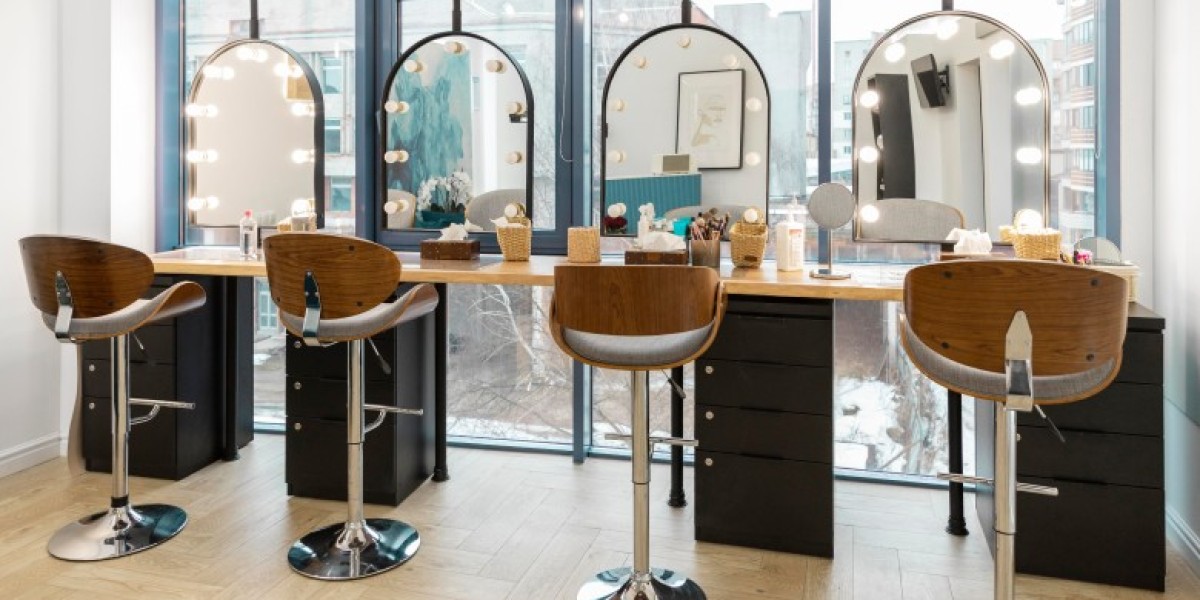Define Your Style: Before you start decorating, take some time to define your personal style. Are you drawn to minimalist, modern, traditional, bohemian, or eclectic designs? Understanding your preferences will guide your decorating choices.
Choose a Color Palette: Selecting a cohesive color palette sets the tone for your home's décor. Consider colors that resonate with you and complement each other. You can use color theory principles to create harmony and balance in your space.
Focus on Lighting: Lighting plays a crucial role in enhancing the beauty of your home. Incorporate a mix of natural light, ambient lighting, and task lighting to create layers and depth in your space. Experiment with different light fixtures, such as chandeliers, pendants, table lamps, and sconces, to add visual interest.
Bring in Natural Elements: Incorporating natural elements like plants, wood, stone, and water can add warmth, texture, and visual appeal to your home. Consider adding indoor plants to bring life and freshness to your space, or incorporate natural materials in furniture, flooring, and décor accents.
Curate Art and Décor: Displaying artwork, photographs, and decorative objects can add personality and beauty to your home. Choose pieces that resonate with you and complement your overall design aesthetic. Mix different types of art and décor items to create visual interest and showcase your style.
Pay Attention to Details: Paying attention to small details can elevate the beauty of your home décor. Focus on elements like decorative hardware, trim, textiles, and accessories to add texture, color, and visual appeal to your space.
Create Functional Spaces: Beauty in home décor goes beyond aesthetics; it also involves creating functional and comfortable spaces that enhance your daily life. Consider the flow of your space, furniture arrangement, and organization to ensure that your home is both beautiful and practical.
Layer Textures and Patterns: Incorporating a variety of textures and patterns can add depth and visual interest to your home décor. Mix different textures like smooth, rough, soft, and shiny to create contrast and richness. Similarly, experiment with patterns in textiles, wallpaper, and rugs to add personality to your space.
Declutter and Simplify: Clutter can detract from the beauty of your home décor. Take time to declutter and simplify your space to allow key elements to shine. Use storage solutions to keep items organized and out of sight, creating a clean and inviting environment.
Personalize Your Space: Finally, don't forget to infuse your home with elements that reflect your personality and interests. Whether it's displaying meaningful mementos, incorporating favorite colors, or showcasing hobbies, personalizing your space adds a unique touch of beauty and warmth.
Design Cohesion and Harmony:
- Ensure that all design elements work together cohesively to create a unified look throughout the space.
- Utilize principles of balance, proportion, rhythm, and emphasis to achieve visual harmony.
- Employ techniques such as color theory, spatial arrangement, and scale manipulation to maintain design cohesion.
Color Theory and Palette Development:
- Apply principles of color psychology to evoke specific moods and emotions within each room.
- Develop a color palette that includes primary, secondary, and tertiary colors, considering factors such as hue, saturation, and value.
- Utilize color harmonies, such as complementary, analogous, or monochromatic schemes, to create visual interest while maintaining balance.
Lighting Design:
- Implement a layered lighting scheme consisting of ambient, task, and accent lighting to provide both functionality and aesthetic enhancement.
- Utilize lighting fixtures strategically to highlight architectural features, focal points, and decorative elements within the space.
- Incorporate lighting controls, such as dimmers and timers, to adjust lighting levels and create various atmospheres according to different activities and occasions.
Material Selection and Integration:
- Select materials with diverse textures, finishes, and tactile qualities to add depth and visual intrigue to the space.
- Integrate natural materials, such as wood, stone, metal, and glass, to introduce elements of biophilic design and create a sense of connection to the natural environment.
- Consider the durability, sustainability, and maintenance requirements of each material to ensure long-term functionality and aesthetic appeal.
Furniture and Spatial Planning:
- Employ principles of ergonomics and human-centered design to optimize furniture layout and spatial flow within the home.
- Select furniture pieces that reflect the desired design style and aesthetic while prioritizing comfort, functionality, and scale appropriateness.
- Utilize techniques such as zoning, focal points, and circulation paths to organize spatial arrangements and create visually dynamic living environments.
Decorative Accents and Art Integration:
- Curate a collection of decorative accents, including artwork, sculptures, textiles, and accessories, to add personality and visual interest to the space.
- Arrange decorative elements strategically to create focal points, balance visual weight, and establish thematic narratives within the home.
- Incorporate principles of art composition, such as rhythm, contrast, and repetition, to enhance the overall aesthetic impact of the decorative scheme.
Technology Integration and Automation:
- Integrate smart home technologies and automation systems to enhance convenience, comfort, and energy efficiency within the home.
- Conceal wiring and electronic devices seamlessly within the design to maintain visual cleanliness and aesthetic integrity.
- Incorporate technology-driven design elements, such as integrated lighting controls, automated window treatments, and multimedia entertainment systems, to elevate the modernity and sophistication of the living environment.
Sustainable Design Practices:
- Incorporate sustainable materials, energy-efficient fixtures, and eco-friendly design strategies to minimize environmental impact and promote occupant health and well-being.
- Implement passive design principles, such as natural ventilation, daylighting, and thermal insulation, to optimize energy performance and indoor environmental quality.
- Integrate renewable energy systems, water-saving fixtures, and waste reduction measures to create environmentally responsible living spaces that prioritize sustainability and resilience.
Red destin
13 Blog posts



